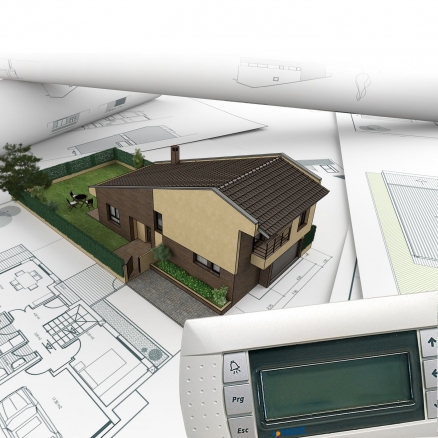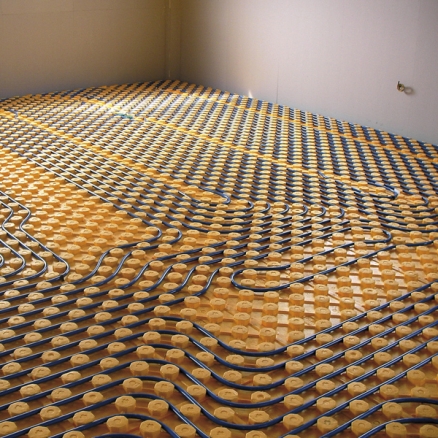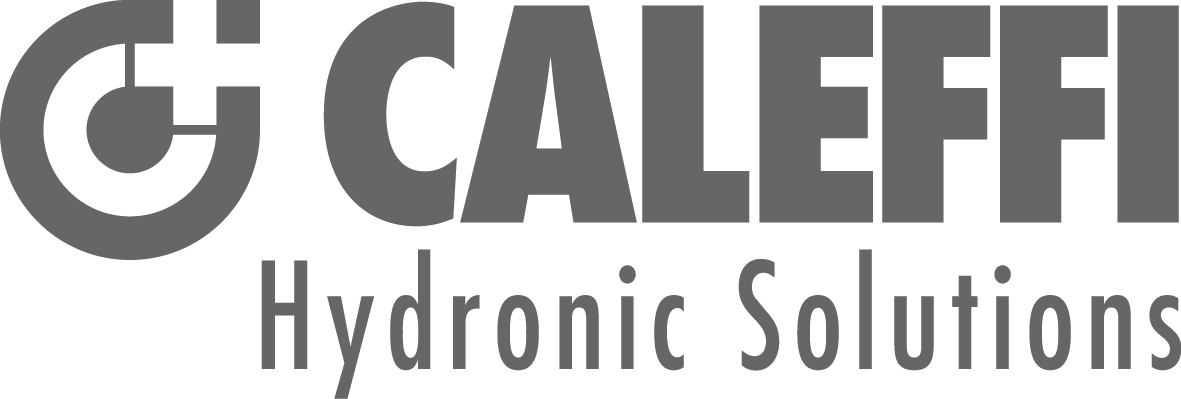The European standard is the measuring stick for what underfloor heating systems should adhere to. The European standard is all about making sure that the system is installed safely, with a high level of effectiveness and efficiency. During the hiring of a professional to handle an underfloor heating systems installation, ask about the European standard!
Not all of the professionals in the market are going to go by the European standard. Some may not even know that the standard exists. It is out there though, and a bit of research on Google will help you shed even more light on the topic. The European standard is set out in a document that is known as BS EN 1264. This is for the standard wet underfloor heating systems. The whole design of the system is detailed out in the document. Guidance and adherence to it is a must to ensure the highest quality installation.
Underfloor heating systems are an important investment. Choosing this type of installation with a new home is a smart choice. It is going to save you a lot over the years from an energy efficiency perspective. You will also end up with a safer heating system, one that does not have you stressing about hazards or air quality. Check out everything that underfloor heating systems have to offer. If you decide to go that route, be sure that the European standards are being followed by the professional you hire!



















